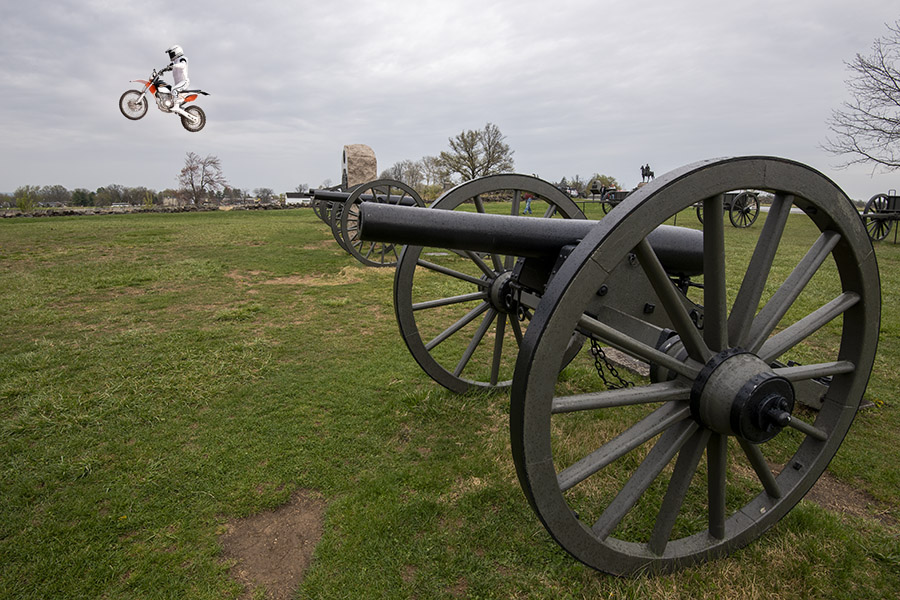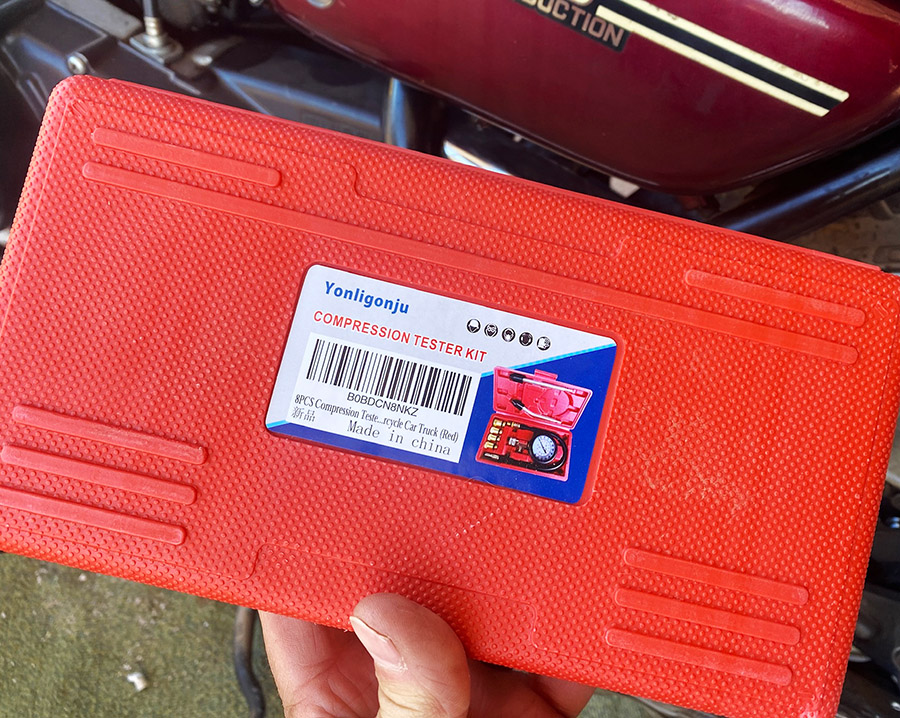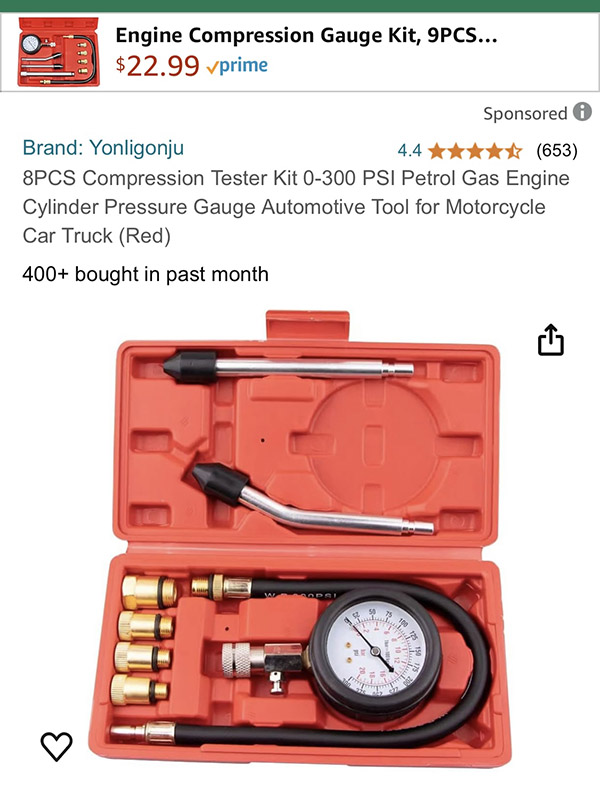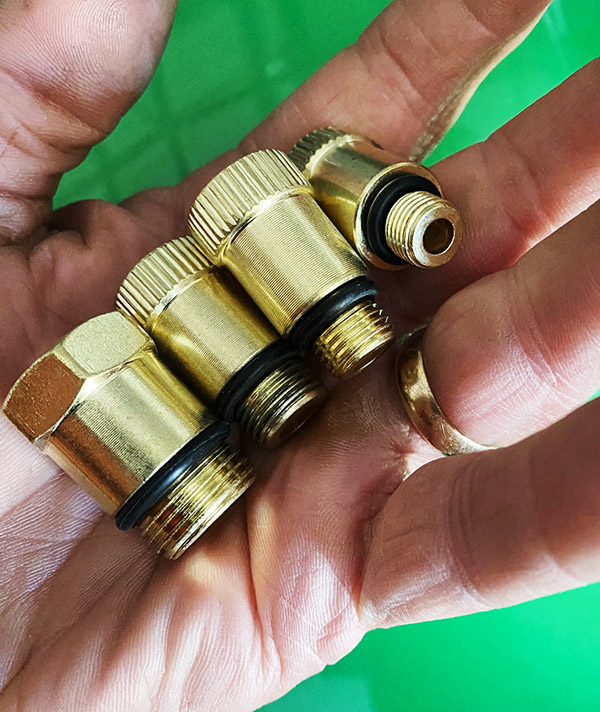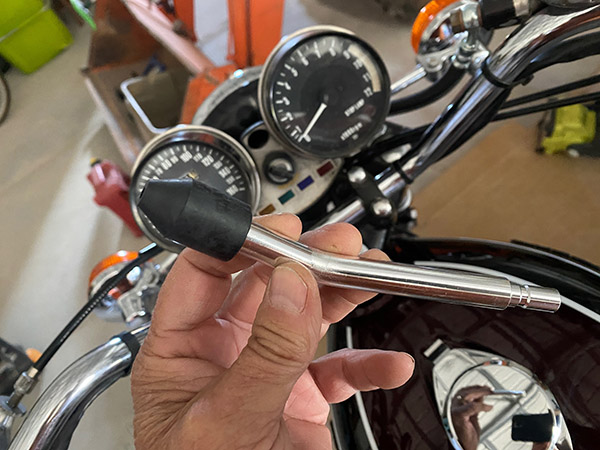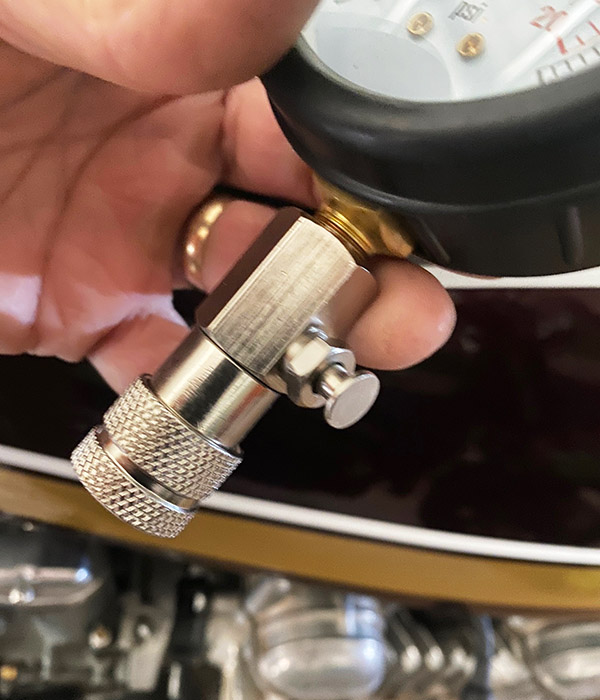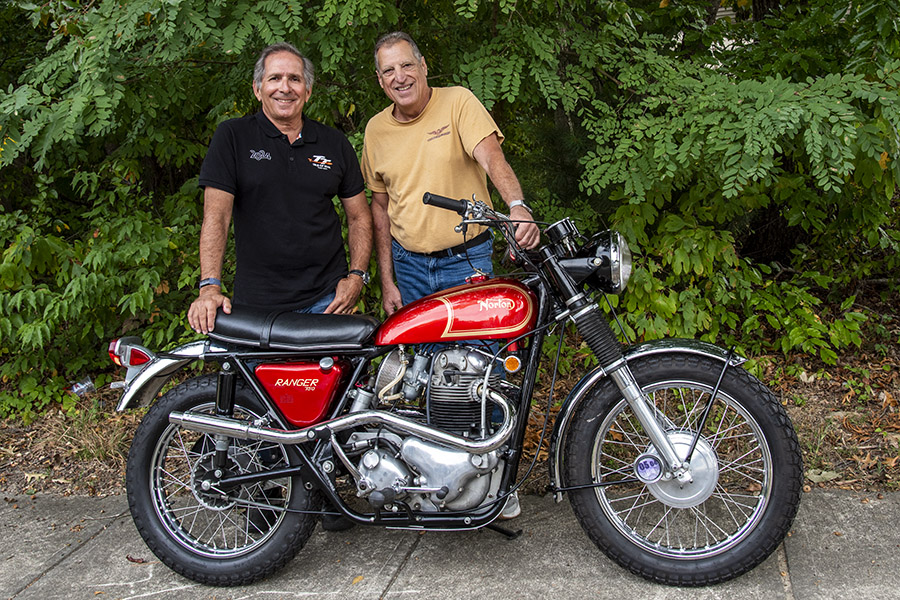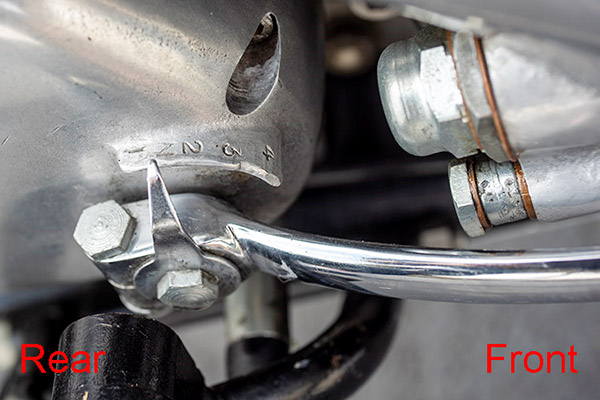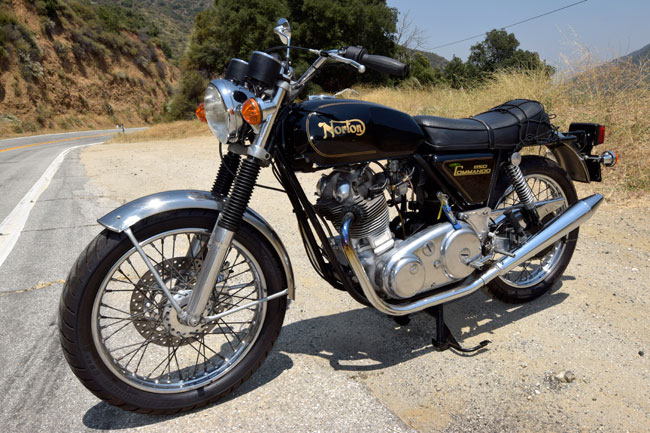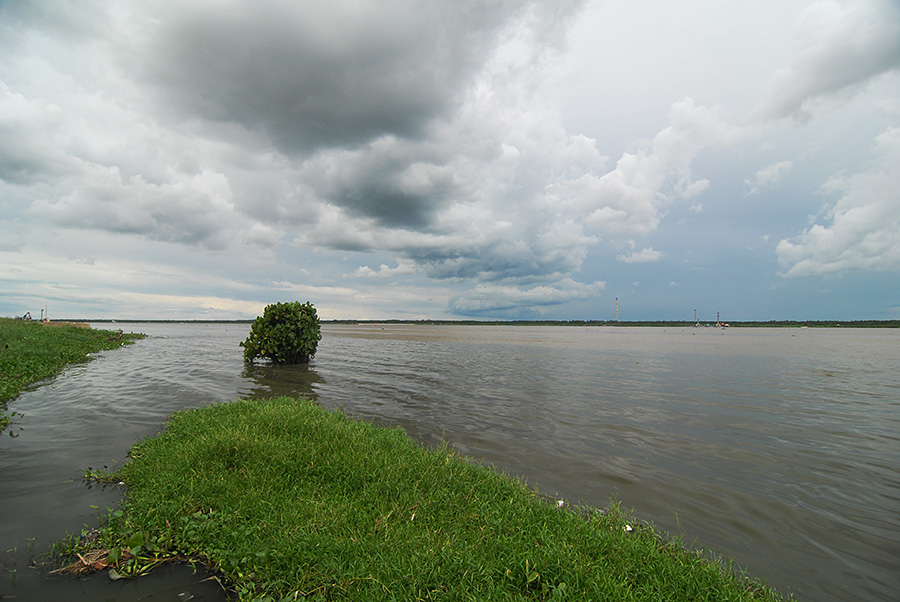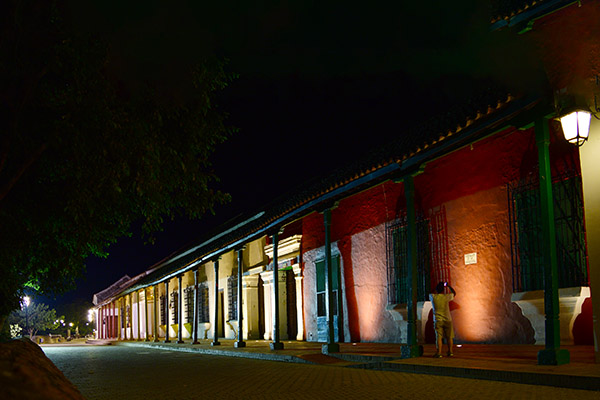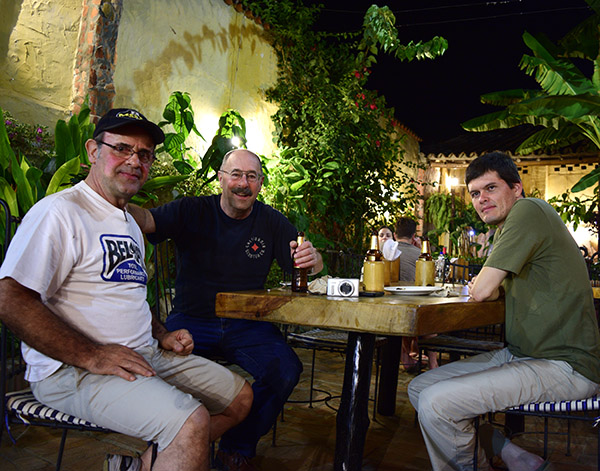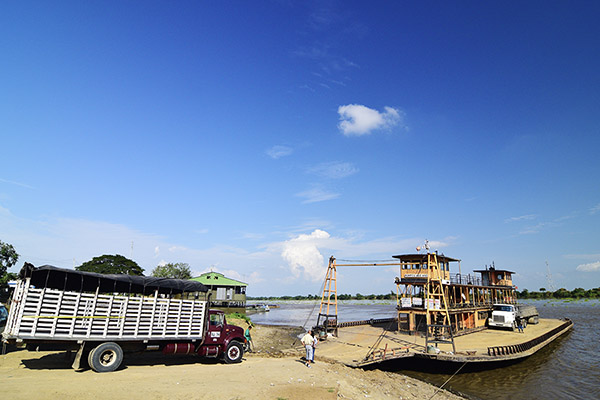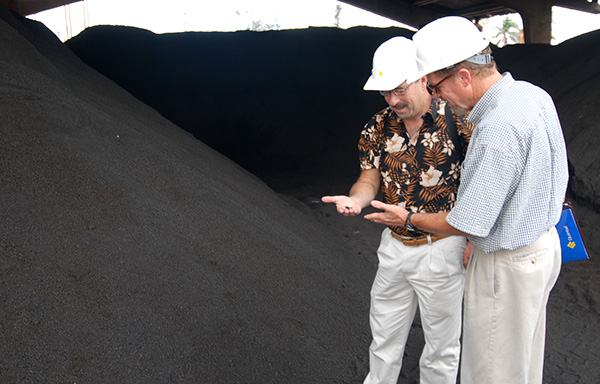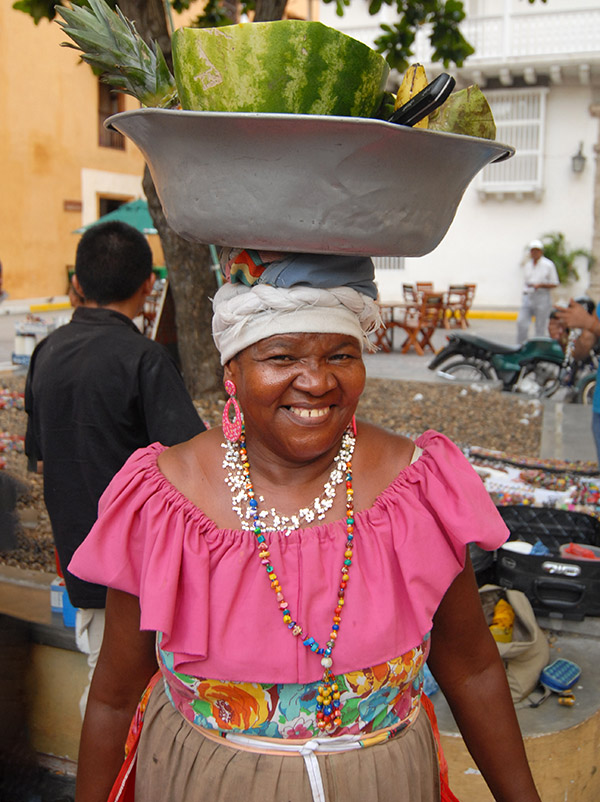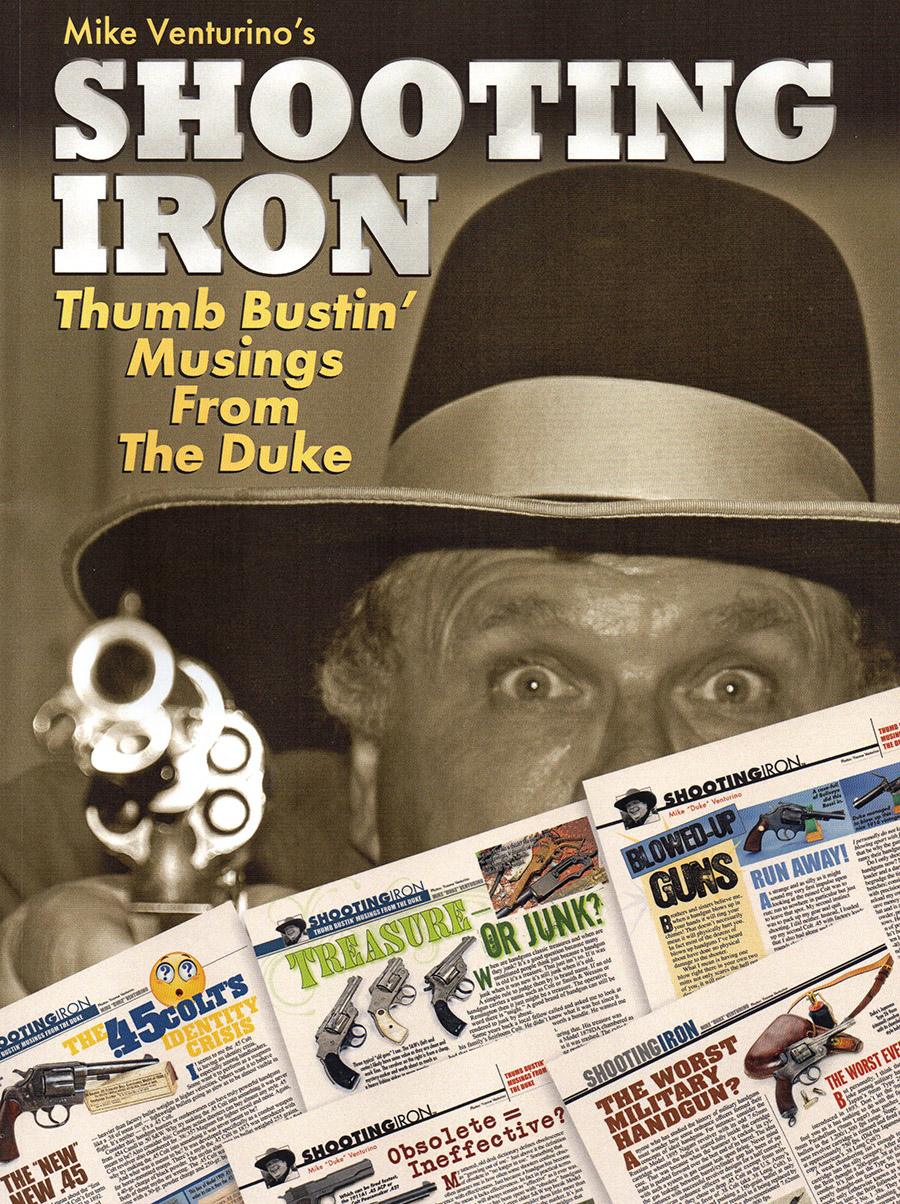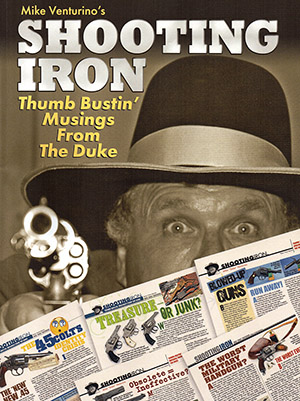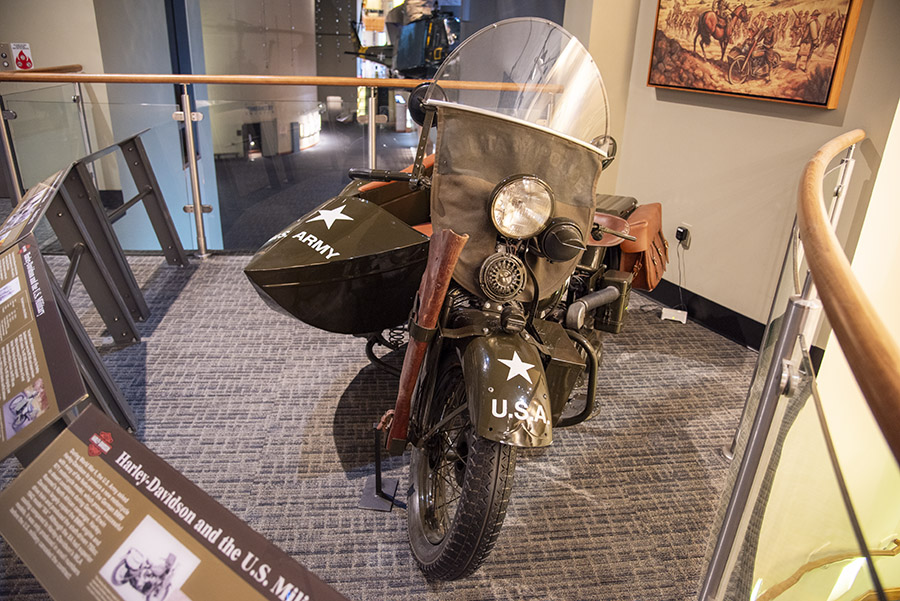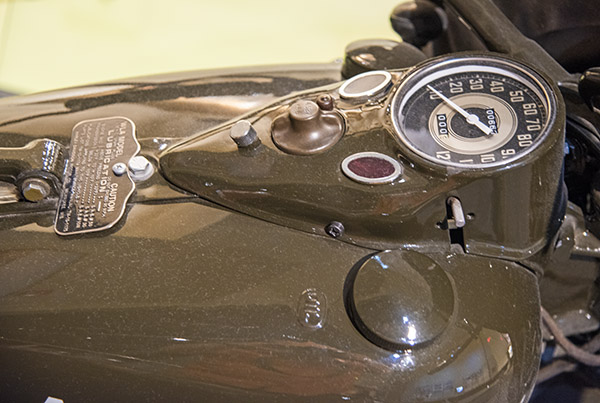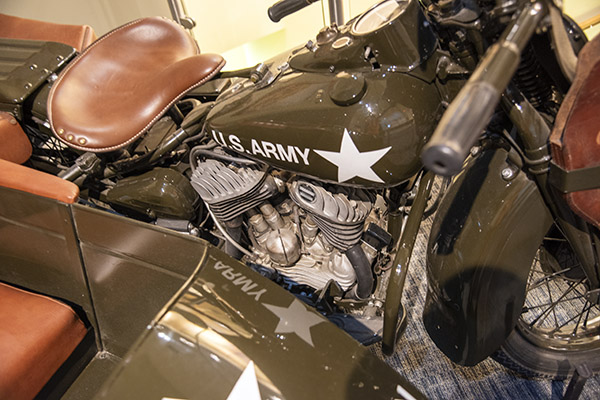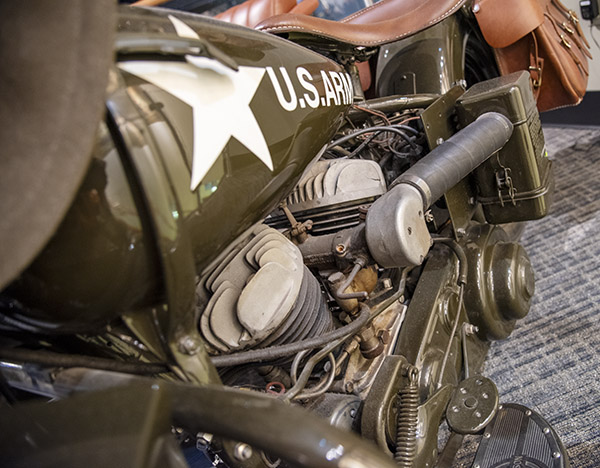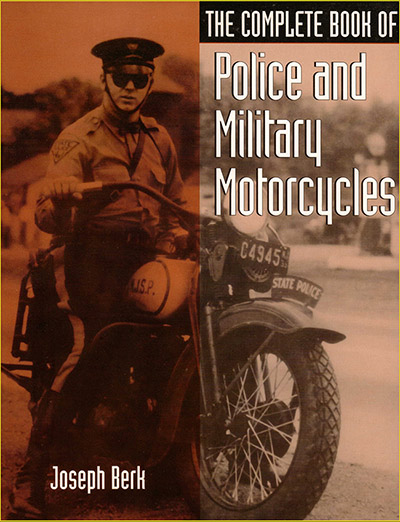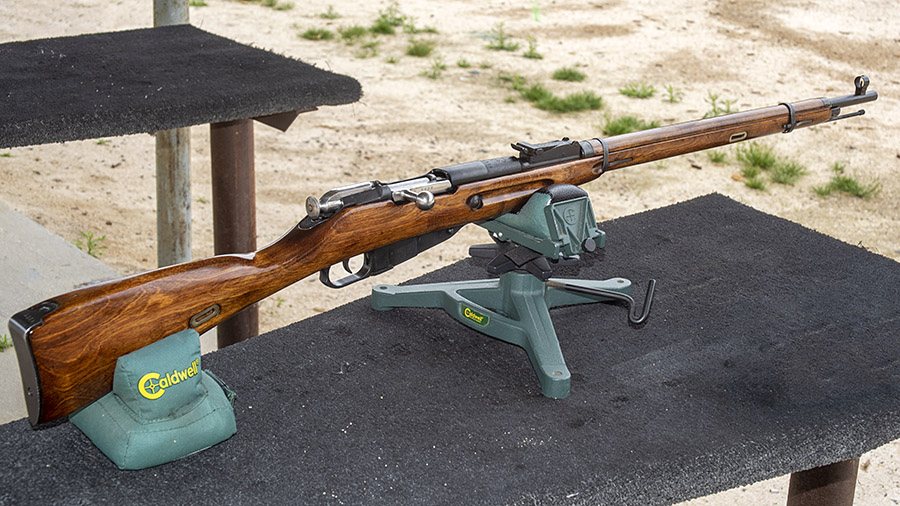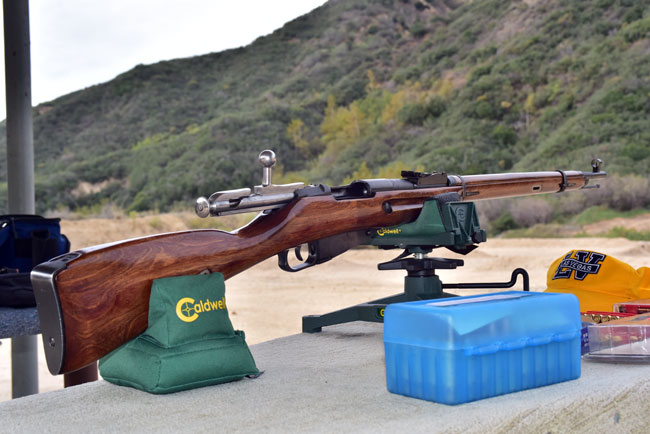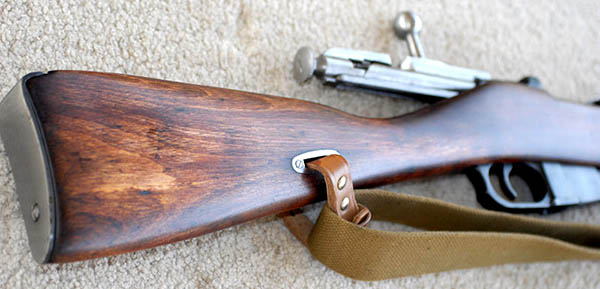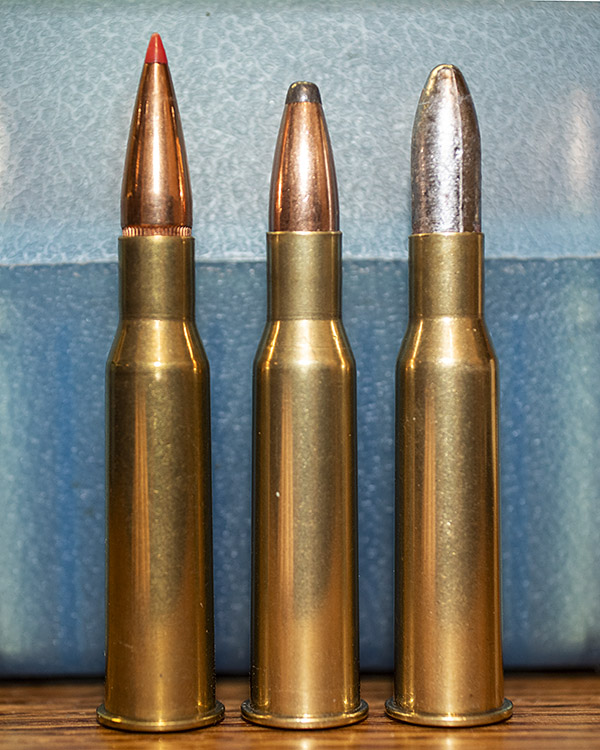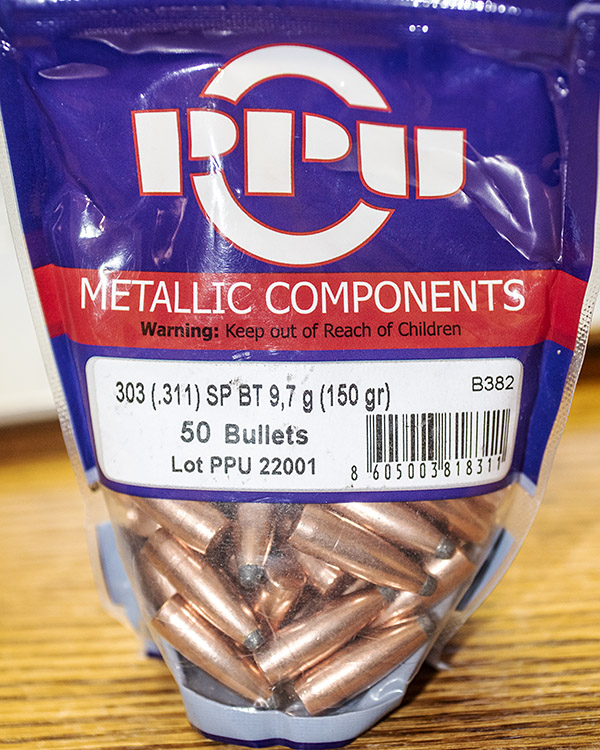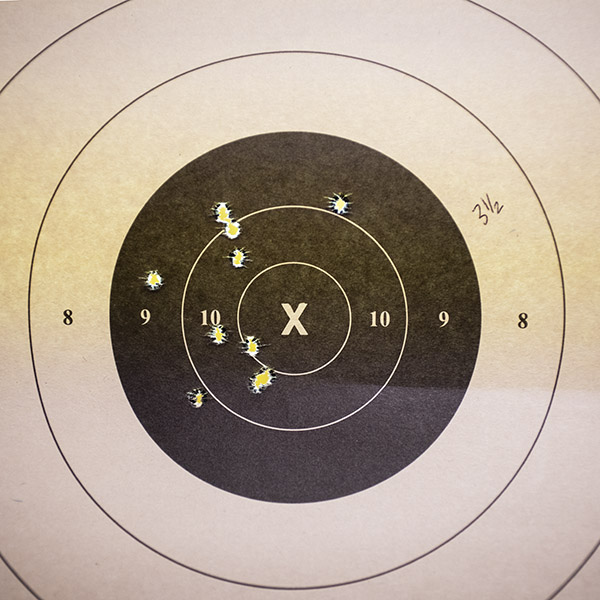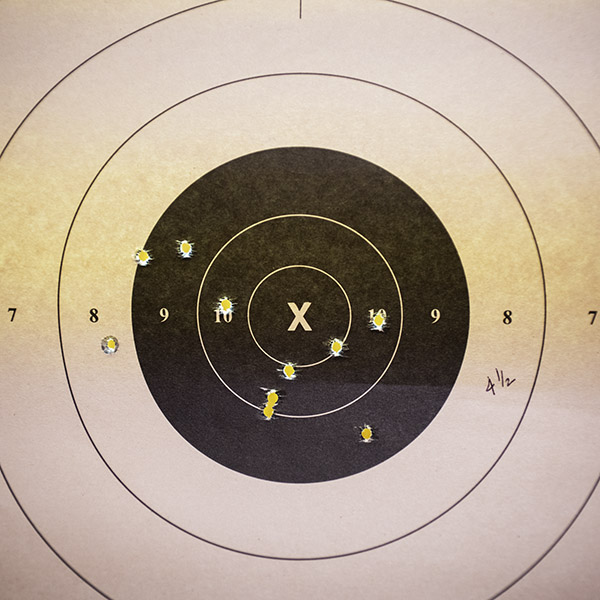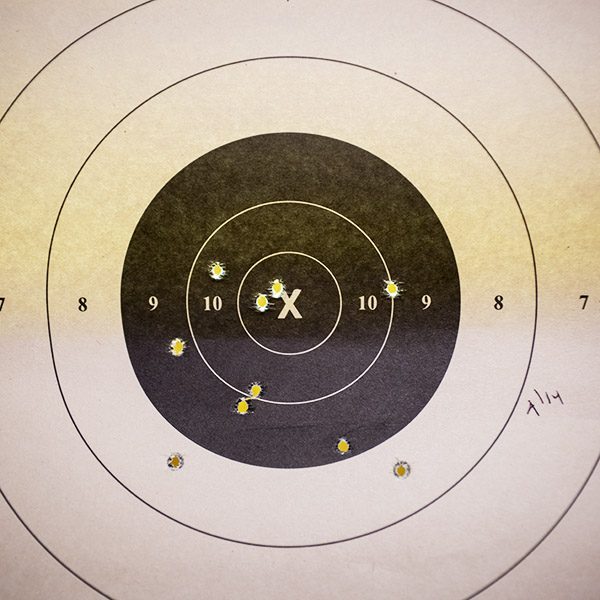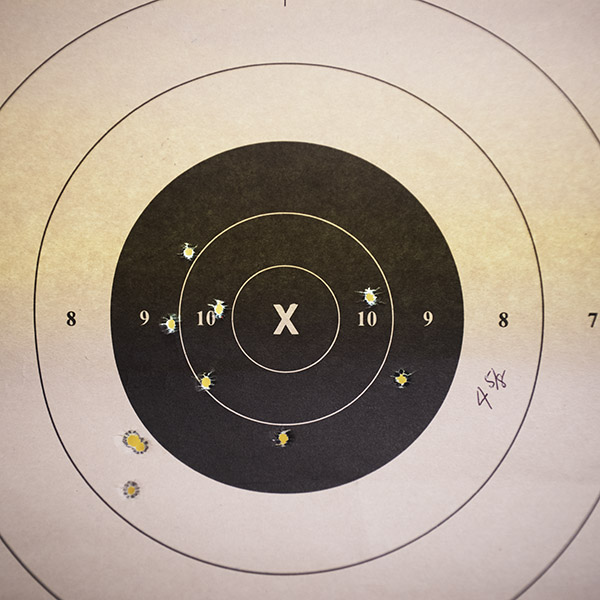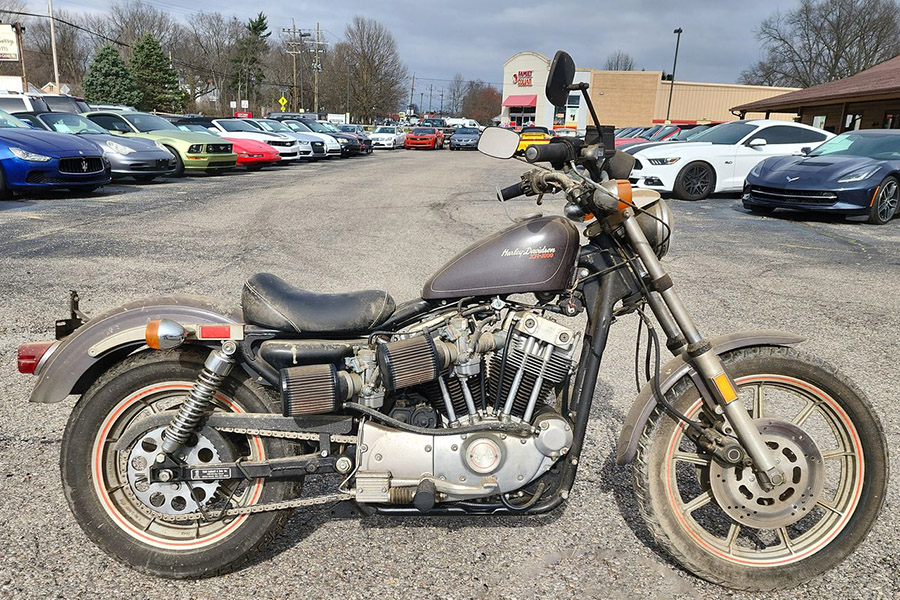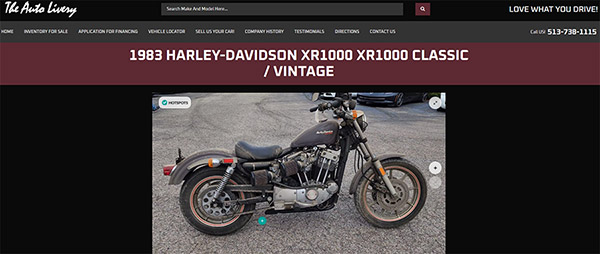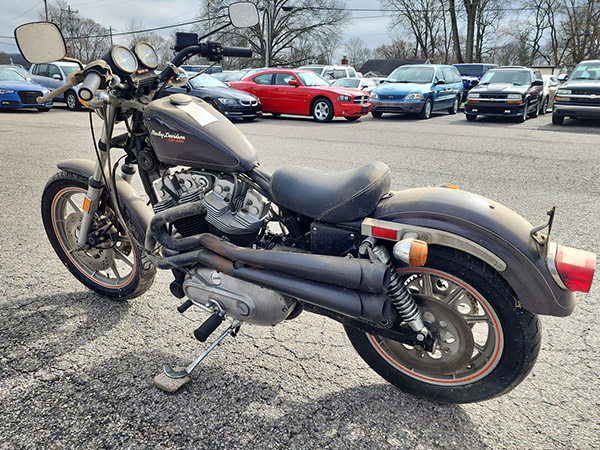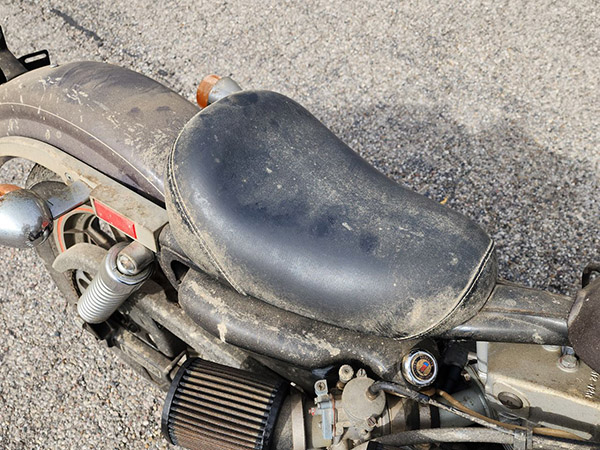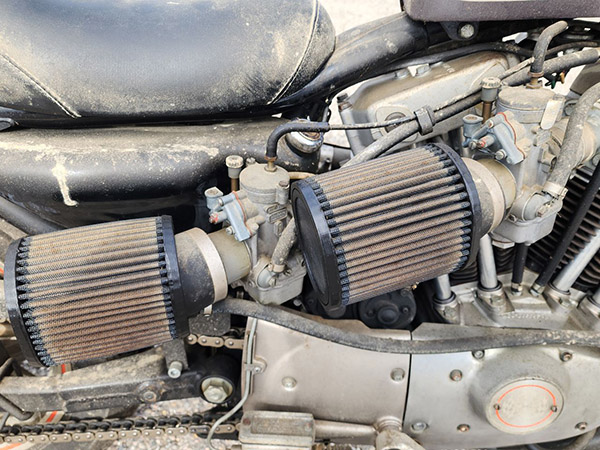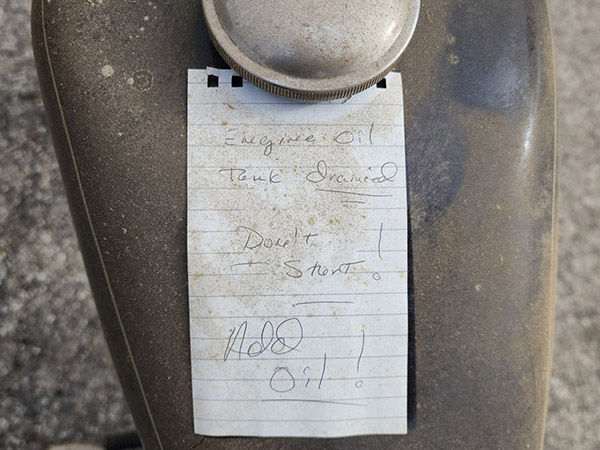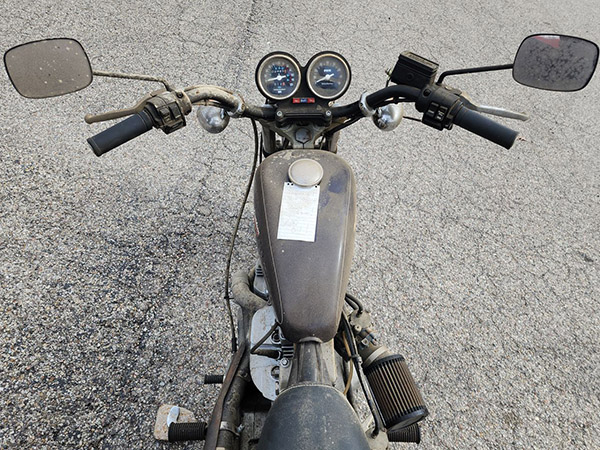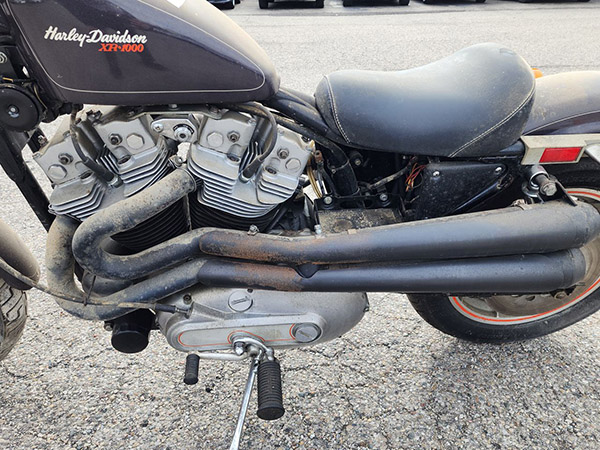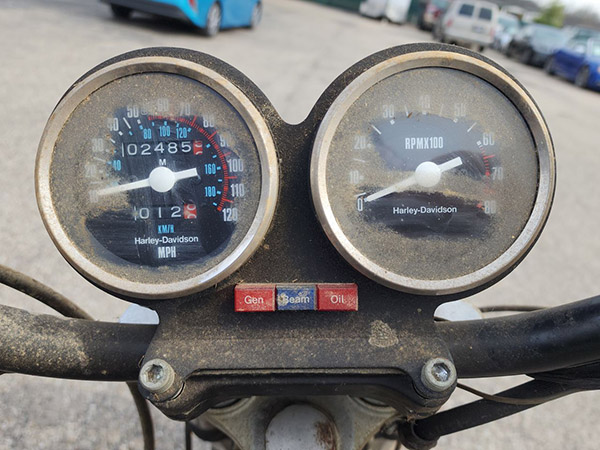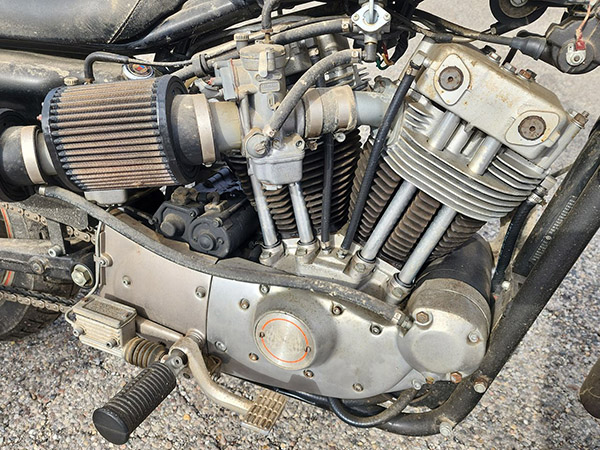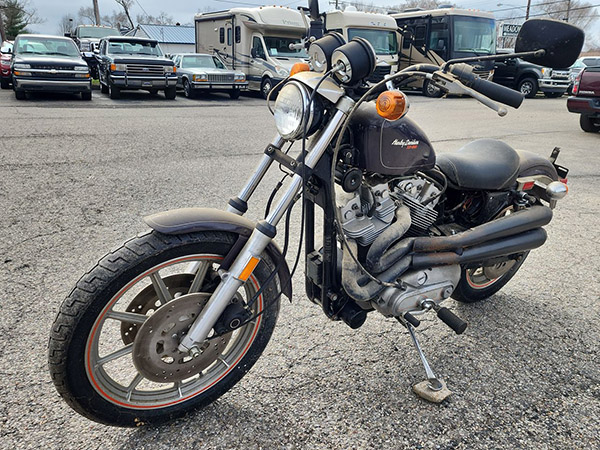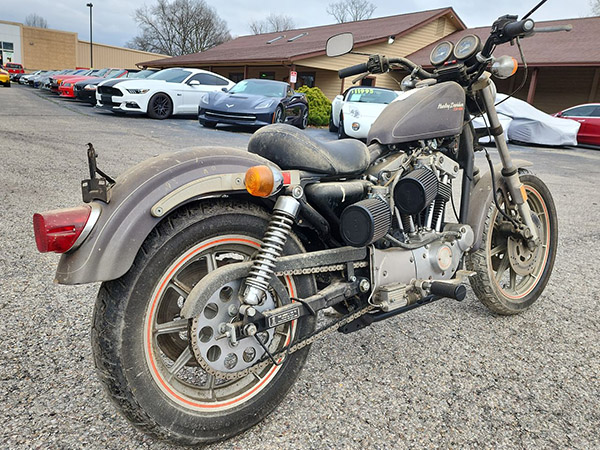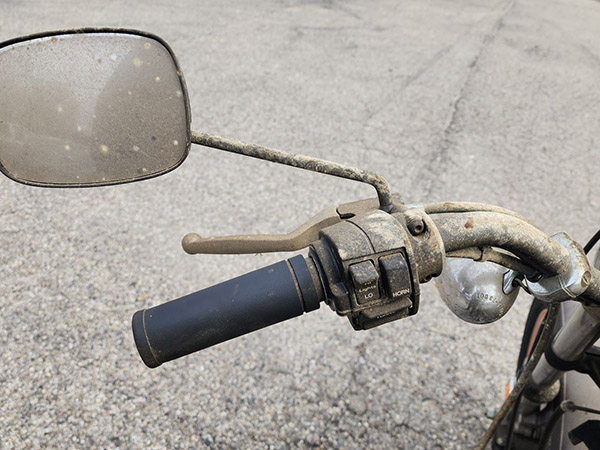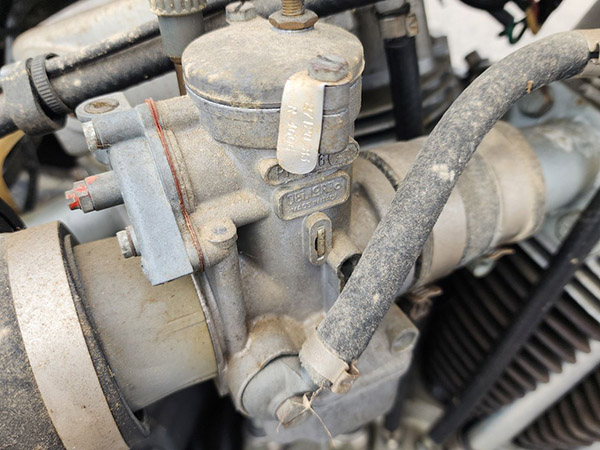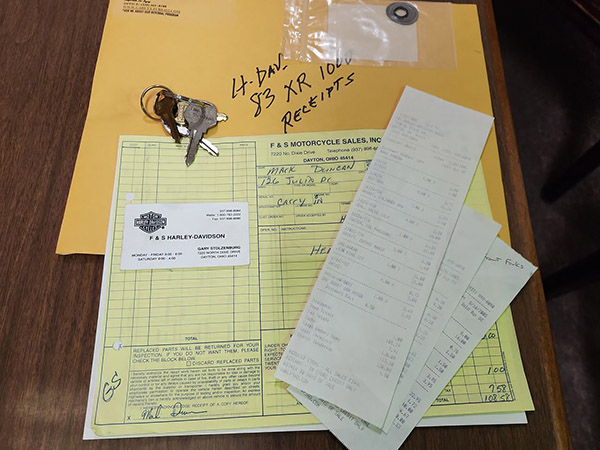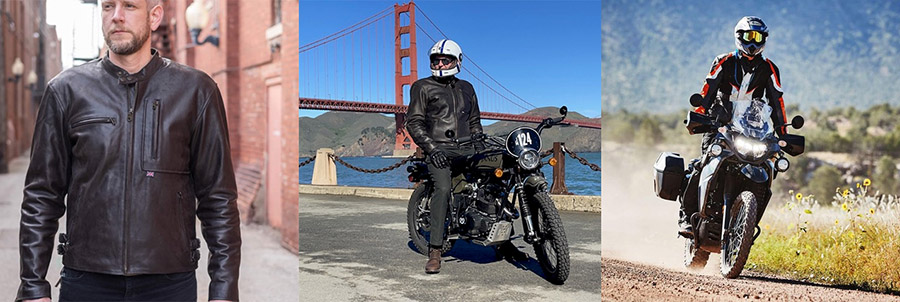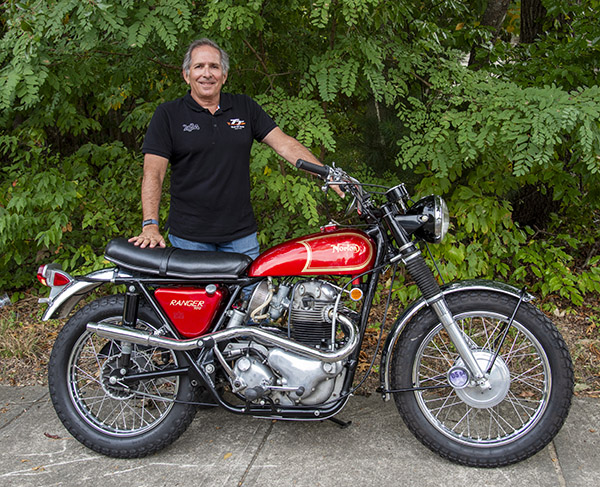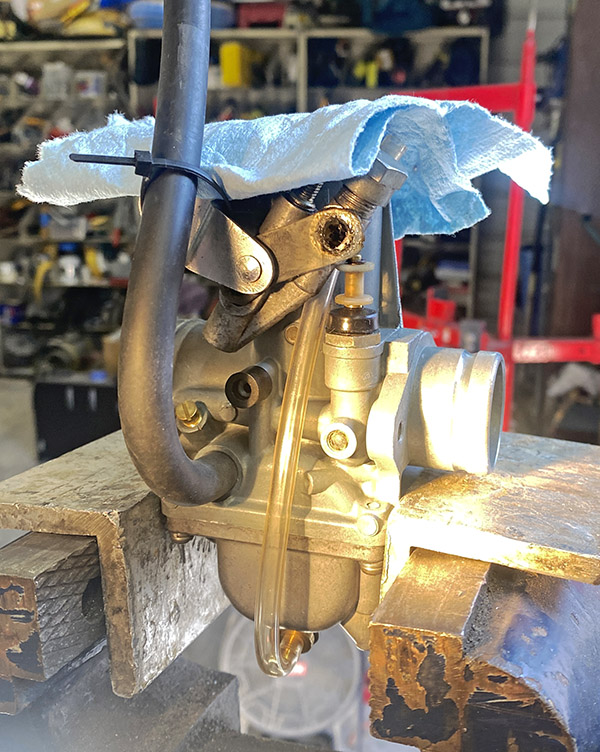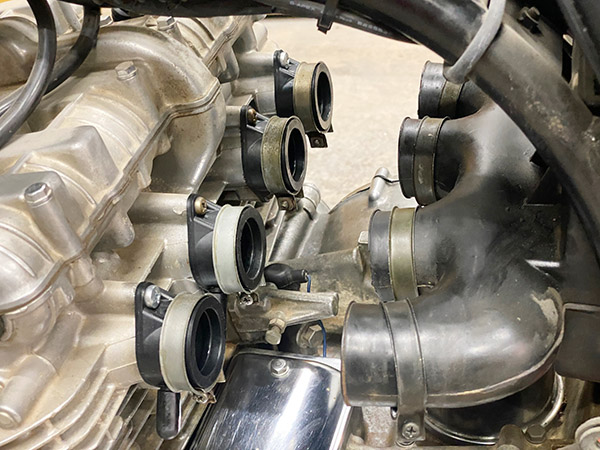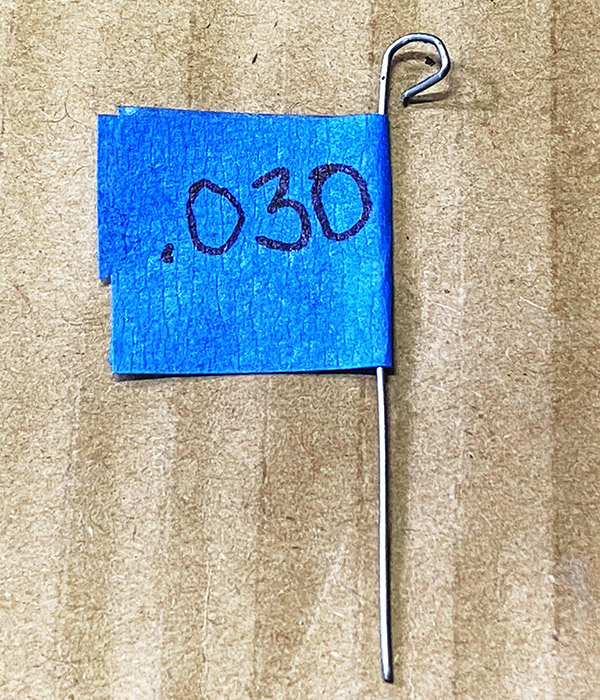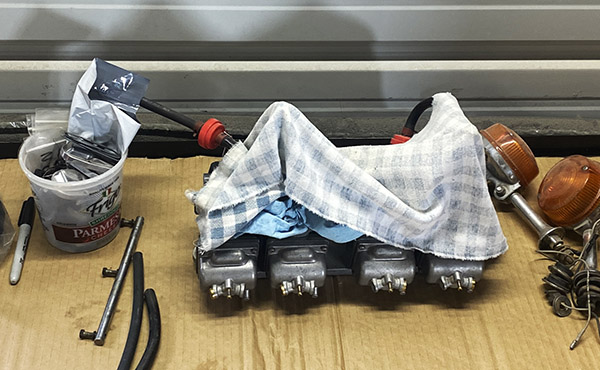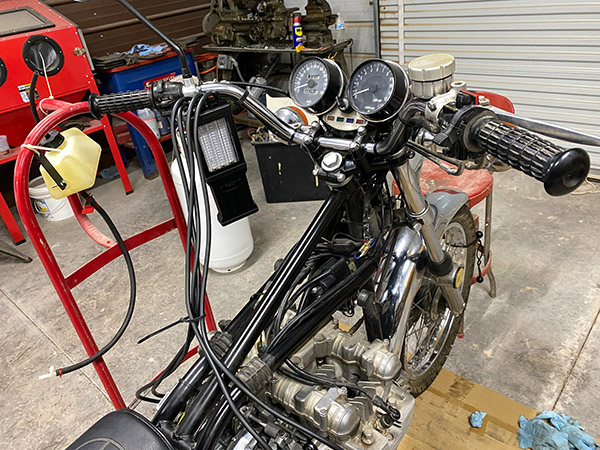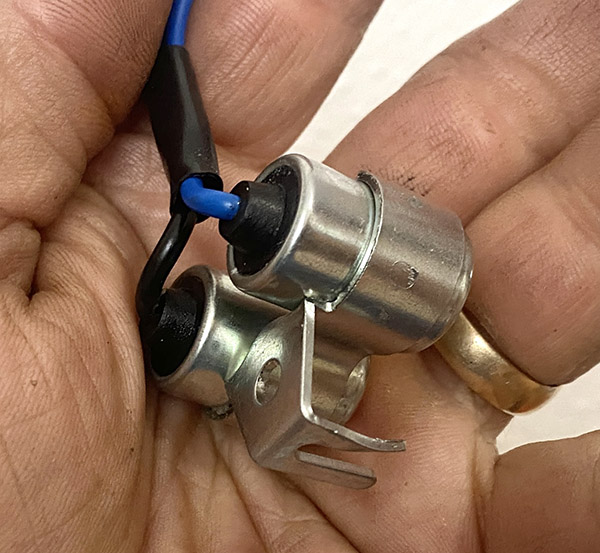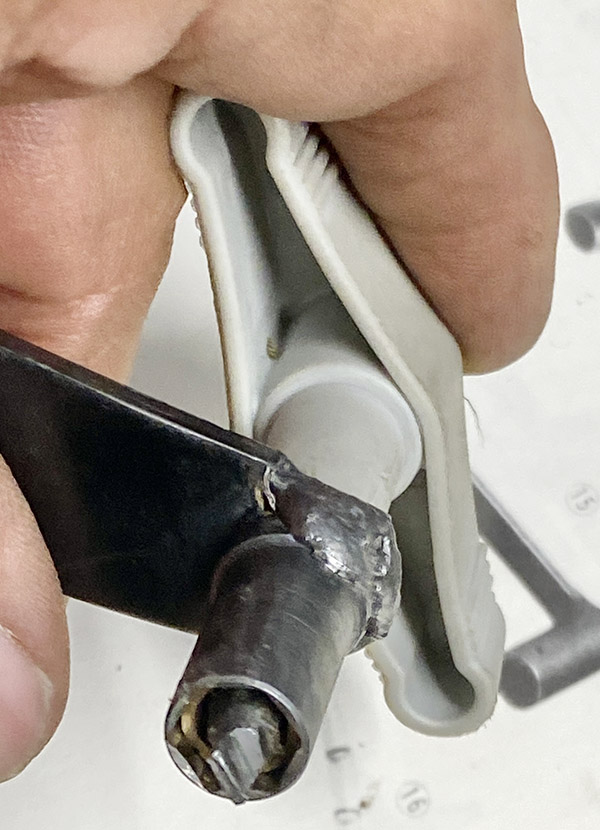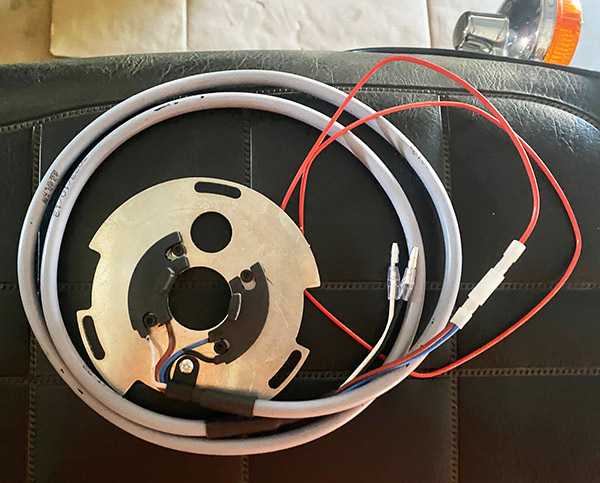By Joe Berk
This press release came in the mail a few days ago and I thought I would share it here.
ADV Cannonball Rally
A mix of curated motorcycle roads and a checkpoint rally for the ultimate cannonball rally, ADV moto style.
Port Angeles, WA — A new kind of annual adventure motorcycle event is in the works. It will take riders across the United States on amazing roads hand-selected specifically for riders. But this isn’t a tour – it’s a competitive GPS-based rally. Go for glory. Go for adventure.
The 2025 ADV Cannonball Rally will take place October 6-14, 2025. This year it will start in historic Kittyhawk, North Carolina on the Outer Banks and ends in Redondo Beach, California at the famous Portofino Hotel & Marina – a staple finish line for many cannonball rallies throughout history. This unique 3,550-mile experience is open to motorcycles of all types, will include nine days of riding, and has GPS-based checkpoint competitions located at epic places.
This coast-to-coast rally will have an emphasis on overland GPS navigation, endurance, preparedness, self-reliance, and rider skill. Aaron Pufal, the event’s organizer, says, “Each day, participants will leave the official hotel at specific times. Navigating by provided GPX tracks, competitors will ride on paved and optional unpaved roads to checkpoints, electronically earning points while experiencing a highly curated and painstakingly vetted motorcycle route.”
Pufal, an experienced rally planner and ADV moto enthusiast believes there’s a secret sauce to a good motorcycle road, and this route is carefully crafted by motorcycle enthusiasts for enthusiasts. The event will take riders through iconic, amazing locations—all with remarkable riding roads as the backbone. “This route isn’t for the faint of heart,” Pufal states, “but riders will appreciate the hundreds of hours of planning and prerunning.”
This isn’t a race; It’s a rally; and it’s self-supported. No team chase vehicles. No support crews. No whining. Riders must rely on themselves or any public resources available to any competitor to stay the course on the road to victory.
The ADV Cannonball Rally is a friendly competition. Here, riders are scored on their ability to reach specific checkpoints. Bonus points are awarded for the first rider to arrive at the next official hotel each day of the rally. Special achievements and separate extreme checkpoints revealed throughout the event will allow the chance to get a leg up on the competition with some extra points. The event is scored via a GPS app. The rider with the most points at the end is the winner.
Trophies will be awarded at the rally’s banquet for various achievements. The overall winner will have their name embossed on the ADV Cannonball perpetual trophy in perpetuity.
Entrants can be as competitive as they’d like—go for glory, adventure, or a bit of both. No rally experience? There will be opportunities for learning and guidance before the starting gun is fired, ensuring entrants understand how the competition aspect works.
Entries Are Limited: This event is open to the public. Anyone is welcome on any motorcycle. Current entries are exactly what you’d expect, big ADV bikes, but, we’d surely welcome the wacky, brave, or oddball entry!
Currently, we have enough paid signups to proceed with the event but we are limiting the entries to 30 hotel rooms for the 2025 rally.
Learn More: Complete info is available at the rally website, ADVCannonball.com. There, visitors will find the rules and regulations, interactive route map, FAQs, ADV Cannonball Podcast Links, and the official entry form. The ADV Cannonball Motorcycle Rally is sure to be an amazing journey. “Come have a good time,” says Pufal. “This is going to be for like-minded riders who are sick of sitting behind the computer and ordering accessories for their bikes—and definitely not for ADV Weenies.”
We’re seeking: Press interactions, sponsors, and partnerships in the ADV-Biz and motorcycle social media. We feel the inaugural running of the ADV Cannonball is a great story that deserves to be told.
It looks exciting. It’s worth considering. I checked out the website and it’s interesting reading.
Happy New Year, folks. I’m looking forward to a great 2025. We’ll keep the stories and the photos coming. You keep clicking on those popup ads and please consider making a donation via the Donate buttons below!
Join our Facebook ExNotes page!
Never miss an ExNotes blog:

